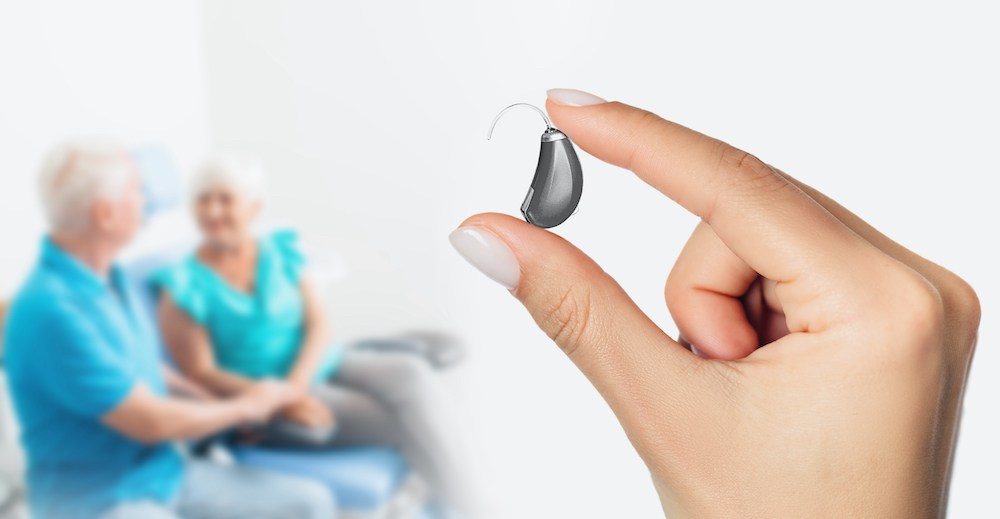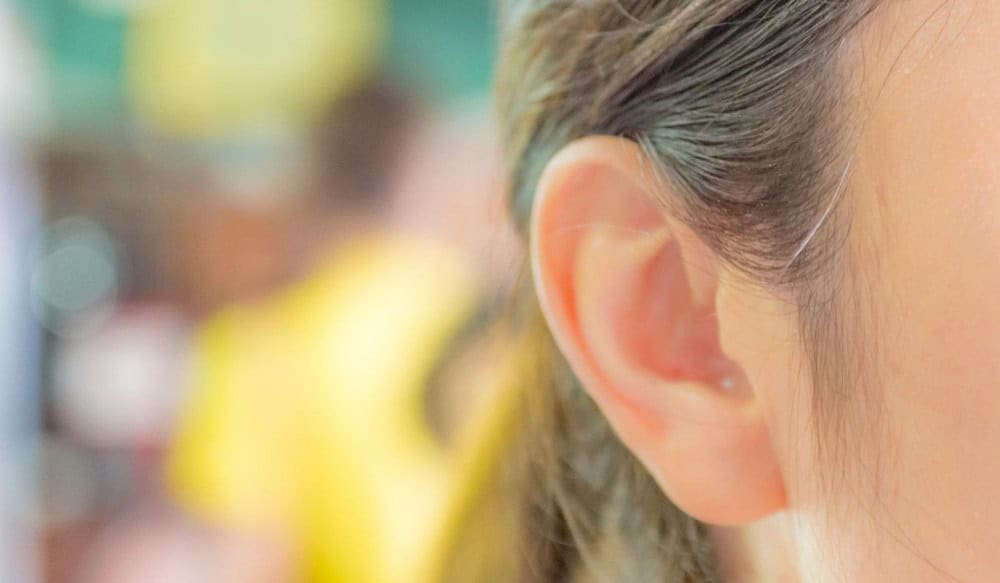How to Choose Hearing Aids for an Active Lifestyle
Your hearing aids are with you all day, every day, so they need to work as


Your hearing aids are with you all day, every day, so they need to work as

Improving speech clarity is essential for effective communication,

Hearing aids have come a long way from the bulky, one-size-fits-all